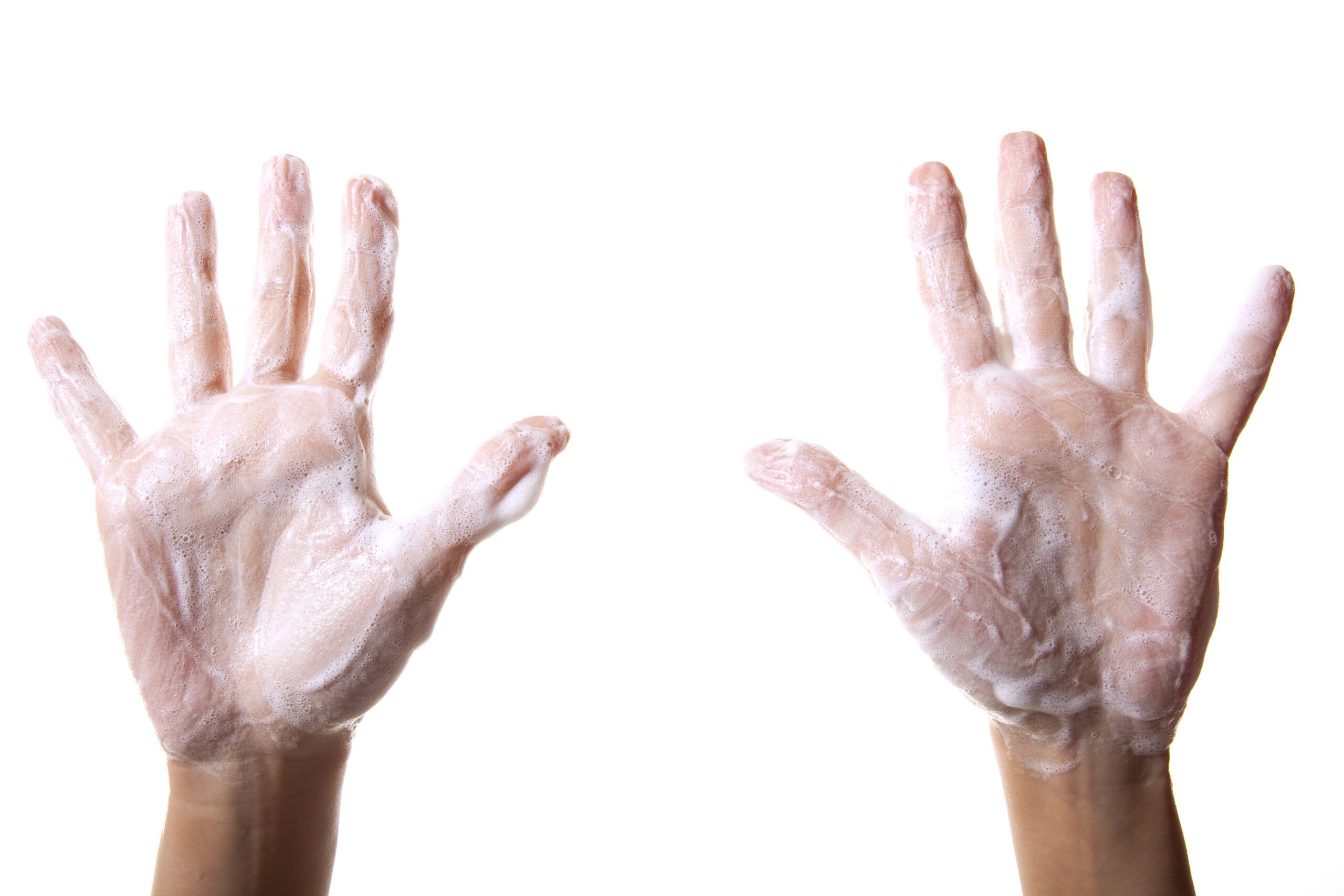
Health News
Features
-
Put your dirty hands in the air
Give Bad Bacteria the Stick Up with these Simple Steps Germs. The uninvited guest. The invisible menace. They are everywhere, even in places that look spotless. So how can you tell if something is truly clean? According to Joe Rubino, head microbiologist for Lysol, there are two types of clean. There is the visual…
-
Young blood (pressure, that is)
Hypertension is an increasing threat amongst young adults Nearly one in five young adults have high blood pressure, a surprising jump that has prompted researchers to call it a “sleeping epidemic” according to a new study by the University of North Carolina, Chapel Hill. UNC researchers analyzed data on more than 14,000 men and women…
-
The good, the bad and the ugly cholesterol
Q&A with Cynthia L. Ritter, CCRN, MSN, ARNP-C Central Florida Health News: Is there a “Good” and “Bad” cholesterol? Cynthia L. Ritter: Yes. Cholesterol is made of two types of lipoproteins, triglycerides and something called Lp(a). The two lipoproteins, low-density lipoprotein (LDL) and high-density lipoprotein (HDL) have been given the terms good and bad cholesterol.…
Columns
-
Halloween Eye Safety
Knock knock…trick or treat… A lot of your neighbors might be tempted to choose trick over treat during COVID Halloween 2020. If you plan to partake in the Halloween festivities of 2020, please do so with a clear vision of safety. The following are some of my pointers to observe good Halloween safety. If you…
-
A Closer Look at Cryptogenic Stroke
A cryptogenic stroke (CS) is defined as cerebral ischemia of obscure or unknown origin. The cause of CS remains undetermined because the event is transitory or reversible, investigations did not look for all possible causes, or because some causes truly remain unknown. One third of the ischemic strokes are cryptogenic. Cryptogenic stroke is a diagnosis…
-
HOW DID I GET THIS STYE?
Medically a stye is called a hordeolum. If we look at the eyelid’s anatomy, particularly the lid margin, you will find the lashes, and beside the lashes is the opening of our Meibomian glands. The Meibomian glands are the hard embedded plates that you can feel in both the upper and lower lids. The Meibomian…



